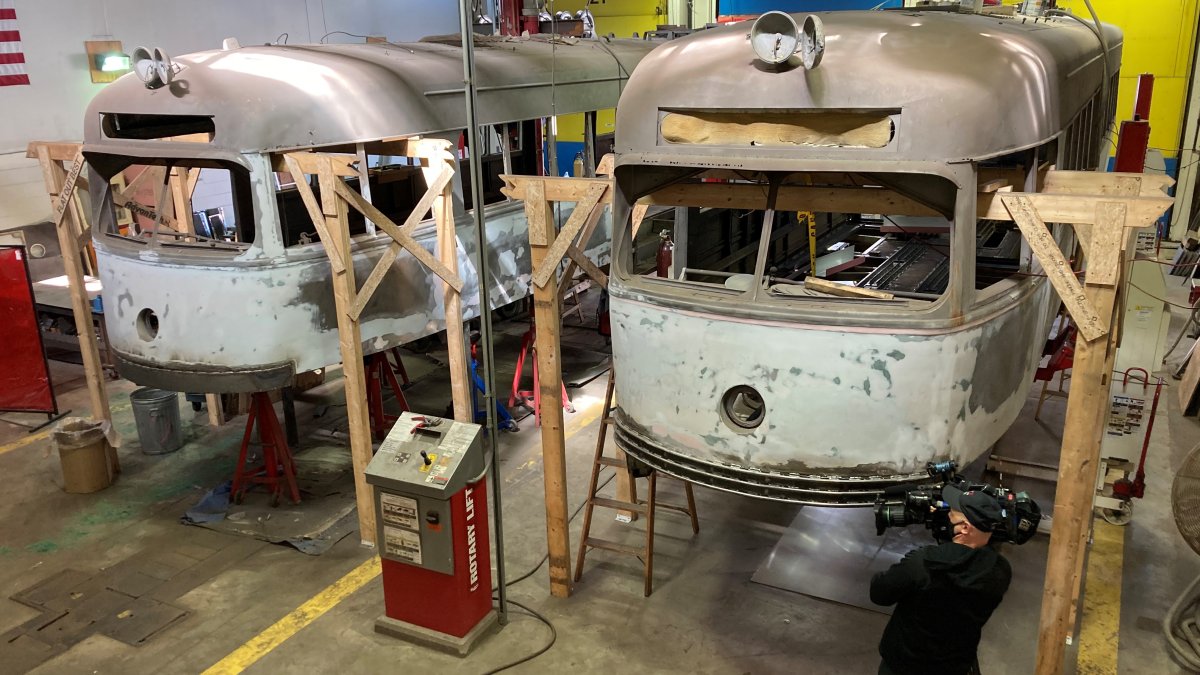To be (mildly) fair to them, the Boeings were foisted on them and MUNI by the feds. The Bredas were the unfortunate product of giving an inexperienced (but presumably "cheaper") manufacturer the task of building a low-floor street car compatible with the Central Subway's quirks (the tight turns and overall-cramped design obviously didn't envision LRVs). That led to the, ah, temperamental center trucks that were the problem causing the derailments (though I've heard persistent whispers that the rail profile specifications the T gave Breda in the design phase were not reflected in reality and that the derailments decreased significantly once the rail was ground back into the proper profile, but I've yet to see actual confirmation of that allegation, so take it as you will). Whatever their own foibles (like not being to go past Brigham Circle on the E) the Type 9s are ADA-accessible and low-floor in the same manner of the Bredas, but with a more-mature center truck design that has not demonstrated the same tendency to derail. (As for the GL's future, the current long-term plan is for the Type 10 monster trains to replace the T7s and T8s and eventually the T9s, some of which will get sent to Mattapan if that line hasn't turned into a bus route by then.)
I'd say the new Orange and Red cars are more like the Type 9s (or, switching modes, the Rotem bilevels) than the Bredas or, God forbid, the Boeings, at this point. They have had some significant teething problems which have pulled them out of service, but the most prominent of them, the derailment, was apparently a combination of a specific component (the side bearer pads in the trucks wearing out faster than expected) and outdated (and since replaced) track infrastructure. I've yet to see an answer to whether the truck problem requires any redesign whatsoever, or if it's acceptably solvable simply by replacing the bearer pads more frequently, but until and unless that's deemed a fatal problem, this isn't a Breda-style design flaw where the immature design led to repeated problems, it's just a moderately-severe teething problem that happened to have particularly dramatic consequences (some of which was the result of social media amping up the awareness and discussion). And nothing has come close to the Boeings. When they start towing brand-new cars into the subway under cover of night to hide the fact that they've been cannibalized for parts in a desperate attempt to keep anything running, then it'll be time for hyperbole about the new cars (or the old cars, for that matter). I think it's often forgotten, sometimes even around here, how ugly the Breda debacle got, with the order being cancelled, then reinstated in modified form. That was a disaster, the CRRC stuff is a speed bump. The T has (sometimes shakily) demonstrated that they've learned from history, some perspective from history can be helpful here, too. The Green Line's 70s meltdown and 90s-00s debacle is a good example to refer to indeed.


